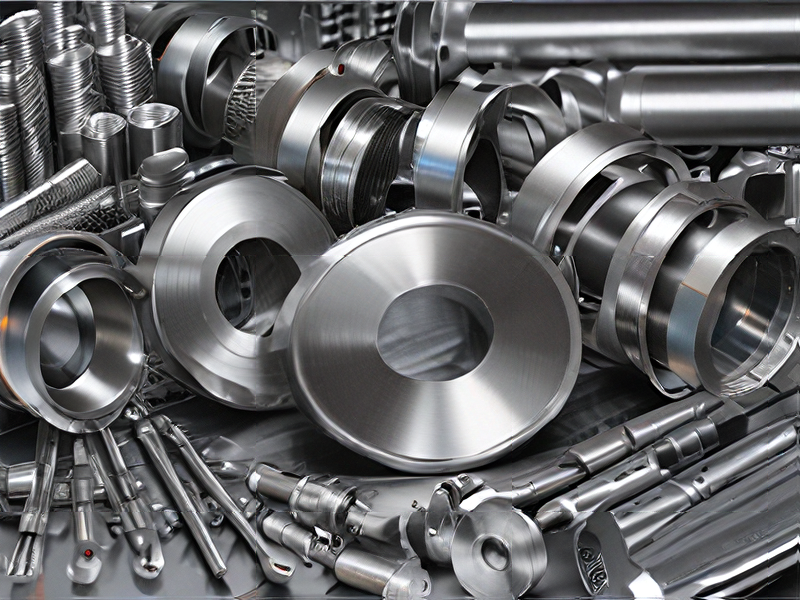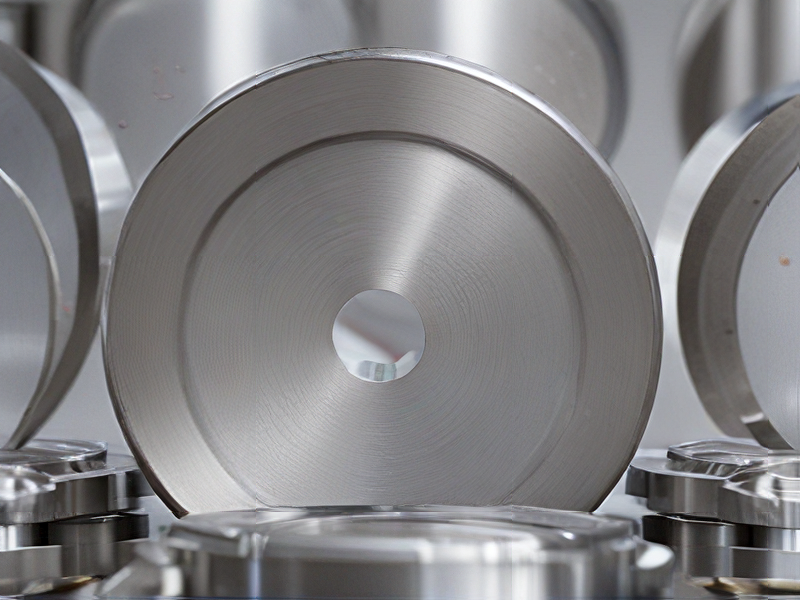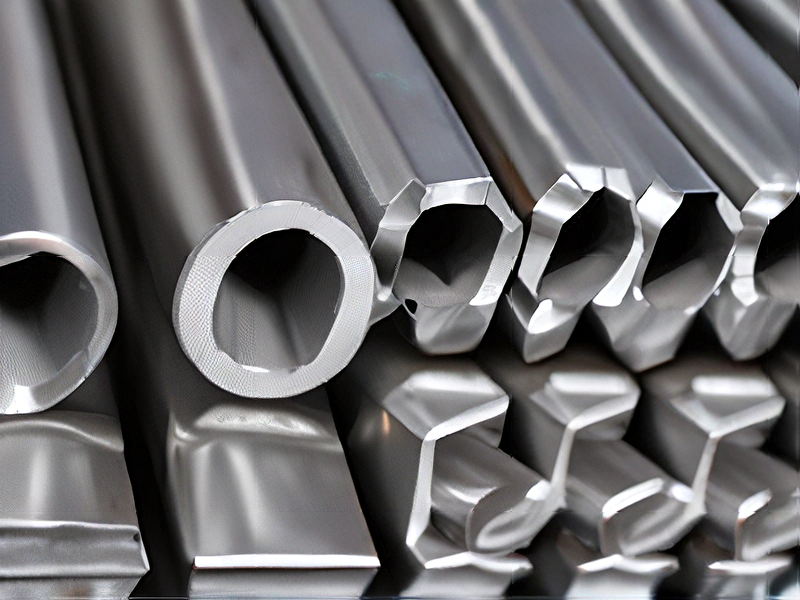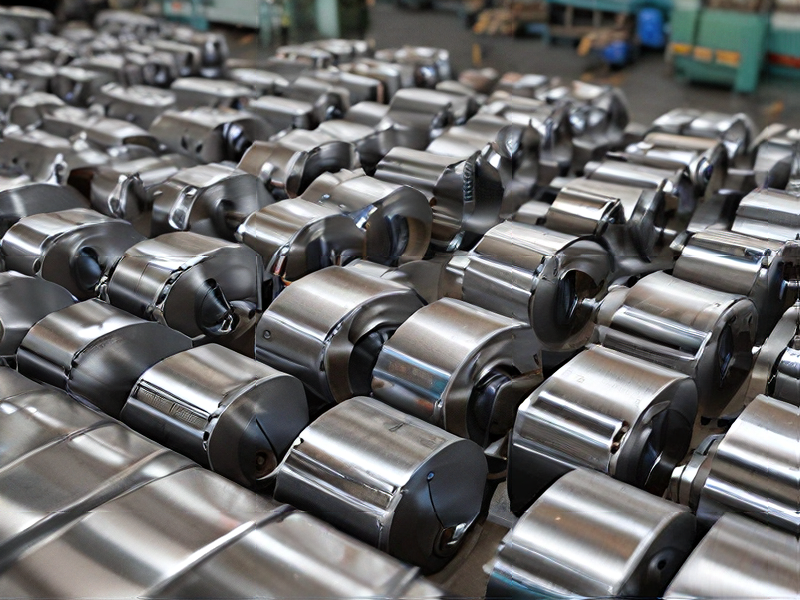Technology and Applications of stainless steel
Stainless steel is an alloy primarily composed of iron, chromium, and nickel, characterized by its corrosion resistance, strength, and durability. These attributes make it a popular choice across various industries and applications.
Technology:
The production of stainless steel involves techniques like electric arc furnacing and argon-oxygen decarburization. This allows for precise control of the chemical composition and desired properties. Advances in metallurgy and surface treatment technologies, such as passivation and electro-polishing, enhance its performance and aesthetic appeal.
Applications:
1. Construction: Stainless steel is used in building facades, roofing, and structural components due to its strength and resistance to environmental elements. It’s also employed in architectural designs for its modern look.
2. Food and Beverage: Its hygienic properties make stainless steel ideal for equipment in food processing, storage tanks, and kitchen utensils, ensuring safety and ease of cleaning.
3. Medical: In the healthcare sector, stainless steel is valued for surgical instruments, implants, and hospital equipment, as it resists sterilization processes and minimizes infection risks.
4. Transportation: The automotive and aerospace industries utilize stainless steel for fuel tanks, exhaust systems, and structural components, where strength-to-weight ratio and resistance to corrosion are critical.
5. Energy: Stainless steel’s durability and resistance to heat make it suitable for components in nuclear and renewable energy sectors, such as wind turbines and solar panels.
Overall, stainless steel’s versatility and resilience have made it indispensable in modern technology and a wide range of applications, enhancing both functionality and design.

Quality Testing Methods for stainless steel and how to control quality
Quality testing of stainless steel is crucial to ensure its performance and longevity in various applications. Here are common methods and practices for quality control:
1. Visual Inspection: This initial step involves examining the surface for defects such as cracks, pits, or discoloration. A thorough visual inspection can reveal obvious flaws that may affect performance.
2. Dimension Measurement: Using calipers or micrometers, the dimensions of the stainless steel components are verified against specifications to ensure proper fit and function.
3. Hardness Testing: Methods such as Rockwell or Brinell hardness tests are employed to assess the material’s hardness, which indicates its resistance to deformation and wear.
4. Tensile Testing: This test determines the strength of the stainless steel by measuring its ability to withstand pulling forces. It provides critical data on yield strength and elongation.
5. Chemical Composition Analysis: Techniques like X-ray fluorescence (XRF) or optical emission spectrometry (OES) are used to analyze the alloy’s chemical makeup, ensuring it meets specified standards for corrosion resistance and mechanical properties.
6. Non-Destructive Testing (NDT): Methods like ultrasonic testing, radiographic testing, or magnetic particle inspection can be utilized to detect internal and surface defects without damaging the material.
Quality Control Practices
– Material Traceability: Implementing traceability systems ensures that the origin of the stainless steel is known, which is essential for accountability and standards compliance.
– Regular Audits: Conducting periodic quality audits can help identify process inefficiencies or deviations from standards.
– Training and Certification: Regular training of personnel involved in quality testing ensures consistency and adherence to quality standards.
– Documentation and Reporting: Maintaining detailed records of testing results and quality assurance processes creates a feedback loop for continuous improvement.
These methods collectively contribute to maintaining high quality standards in stainless steel production and application.

Tips for Procurement and Considerations when Purchasing from stainless steel
When purchasing stainless steel, consider the following tips and factors to ensure you make informed decisions and procure quality materials:
1. Material Grade: Stainless steel comes in various grades (e.g., 304, 316). Choose the right grade based on your application’s requirements for corrosion resistance, strength, and temperature tolerance. For example, grade 316 offers better corrosion resistance in marine environments.
2. Mill Certification: Always request mill certificates to verify compliance with specifications. This documentation provides information on the material’s composition and mechanical properties, ensuring it meets industry standards.
3. Supplier Reputation: Research suppliers’ reputations for quality and reliability. Look for reviews or ask for references to gauge their service level and product quality. A reputable supplier is more likely to provide consistent materials.
4. Material Finish: Stainless steel is available in various finishes (e.g., brushed, polished). The chosen finish can impact aesthetics and performance. Consider both functional and aesthetic needs for your project.
5. Quantity and Pricing: Understand your project’s requirements for quantity and budget constraints. Request quotes from multiple suppliers to compare pricing while considering shipping costs and availability.
6. Fabrication Capabilities: Ensure the supplier can accommodate any necessary fabrication processes (e.g., cutting, bending, welding). Some suppliers offer additional services that can save time and costs.
7. Warranty and Support: Check for warranties on the stainless steel products and inquire about post-purchase support for maintenance and returns.
8. Sustainability: Consider suppliers that adhere to sustainable practices and provide recyclable stainless steel options, which can positively impact your project’s environmental footprint.
By keeping these considerations in mind, you can make well-informed procurement decisions that lead to successful outcomes in your projects.

FAQs on Sourcing and Manufacturing from stainless steel in China
FAQs on Sourcing and Manufacturing Stainless Steel in China
1. Why source stainless steel products from China?
China is a global manufacturing hub known for its cost-effective production, extensive supplier base, and advanced manufacturing capabilities. The country offers competitive pricing without compromising quality.
2. What types of stainless steel products can be sourced?
You can source a wide array of stainless steel products, including kitchenware, industrial components, automotive parts, and medical instruments. Customization options are also available.
3. How to find reliable suppliers?
Start by researching suppliers through platforms like Alibaba, Global Sources, or trade shows. Check reviews, ratings, and request samples. Verifying business licenses and certifications is crucial.
4. What is the typical lead time for manufacturing?
Lead times can vary, but typically range from 30 to 90 days, depending on the complexity of the product, order volume, and supplier capacity.
5. How do I ensure product quality?
Implement quality control measures by requiring documentation like ISO certifications and conducting pre-shipment inspections. Consider hiring a third-party quality control firm to oversee the process.
6. What are the payment terms?
Common payment terms include a deposit (30-50%) upfront, with the balance due before shipping. Using secure payment methods, like letters of credit or PayPal, can mitigate risk.
7. Are there any import duties?
Import duties vary by country and product type. It’s essential to check with your government’s customs office for specific regulations and tariffs that may apply.
8. What are the challenges of sourcing from China?
Challenges include language barriers, cultural differences, and time zone issues. It’s advisable to have clear communication and negotiate terms upfront.
By addressing these FAQs, you’ll be better prepared for sourcing and manufacturing stainless steel products from China.

